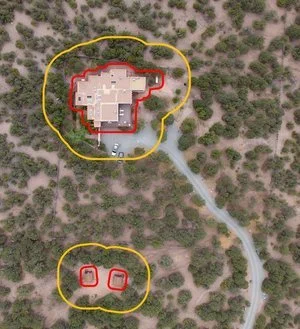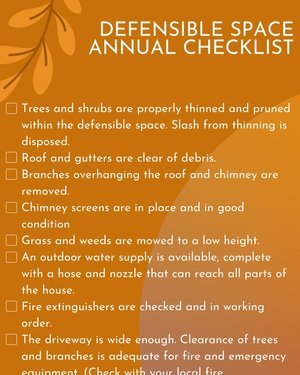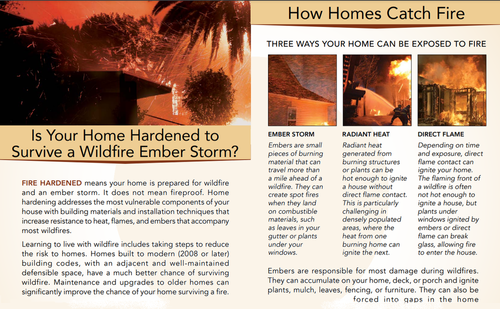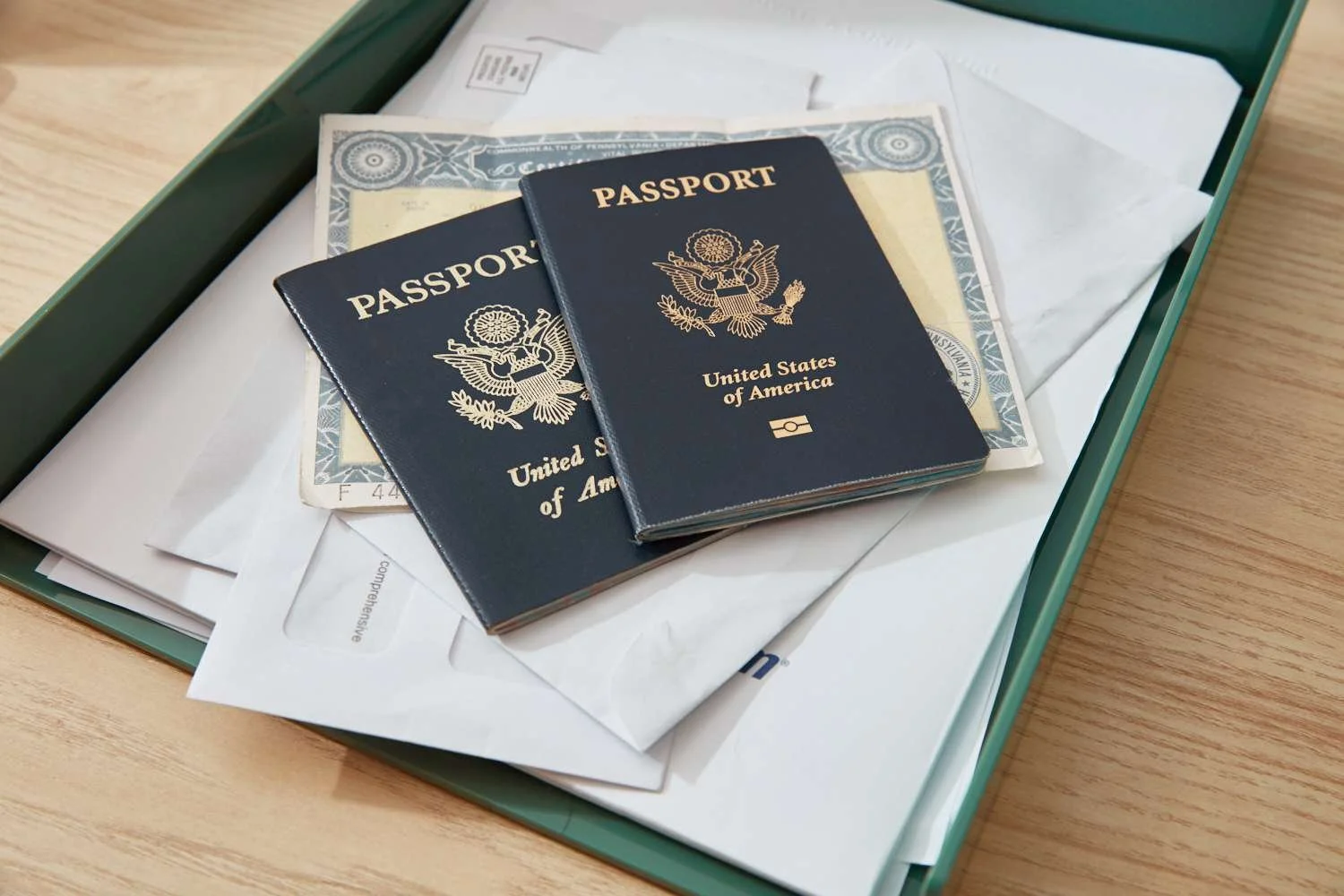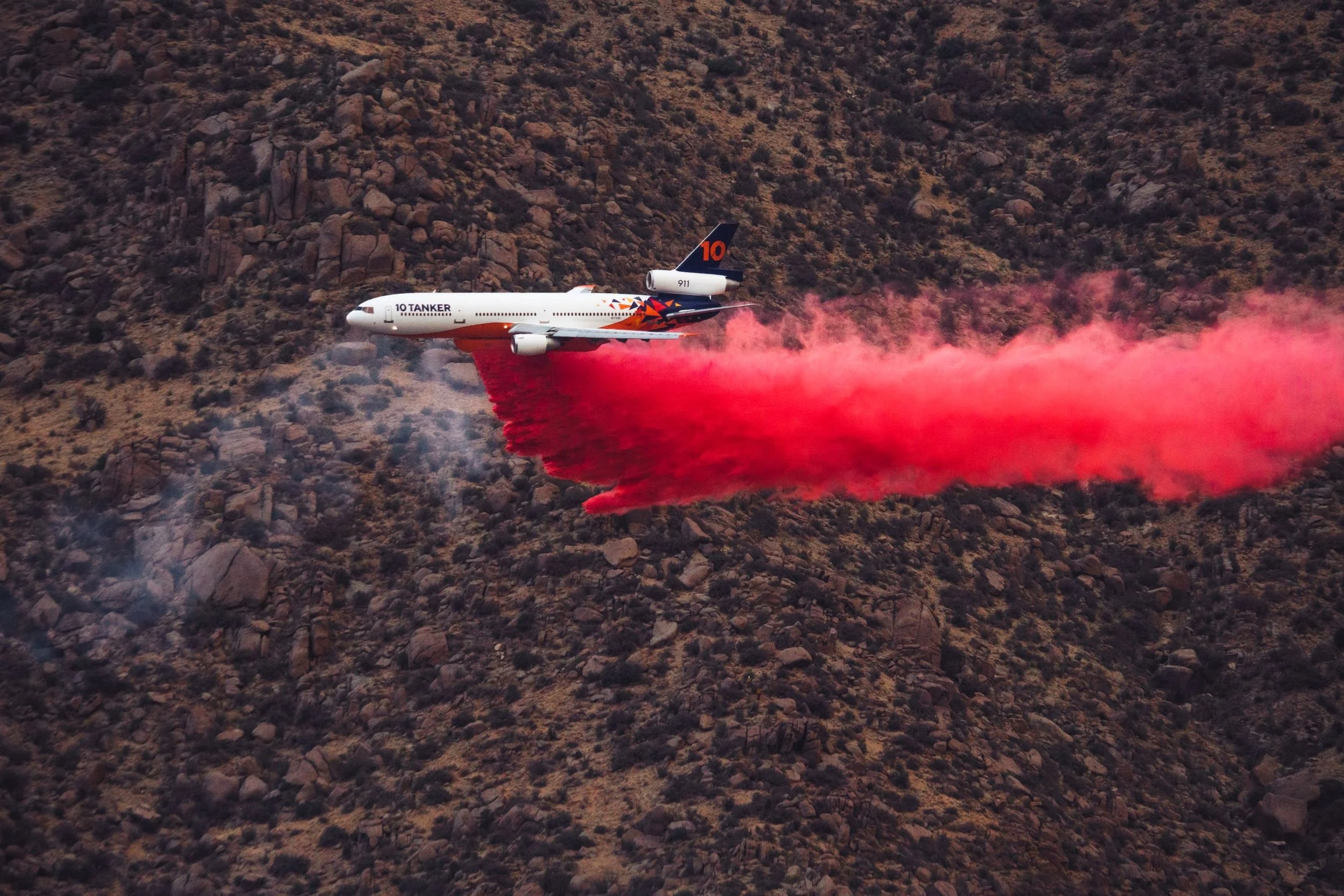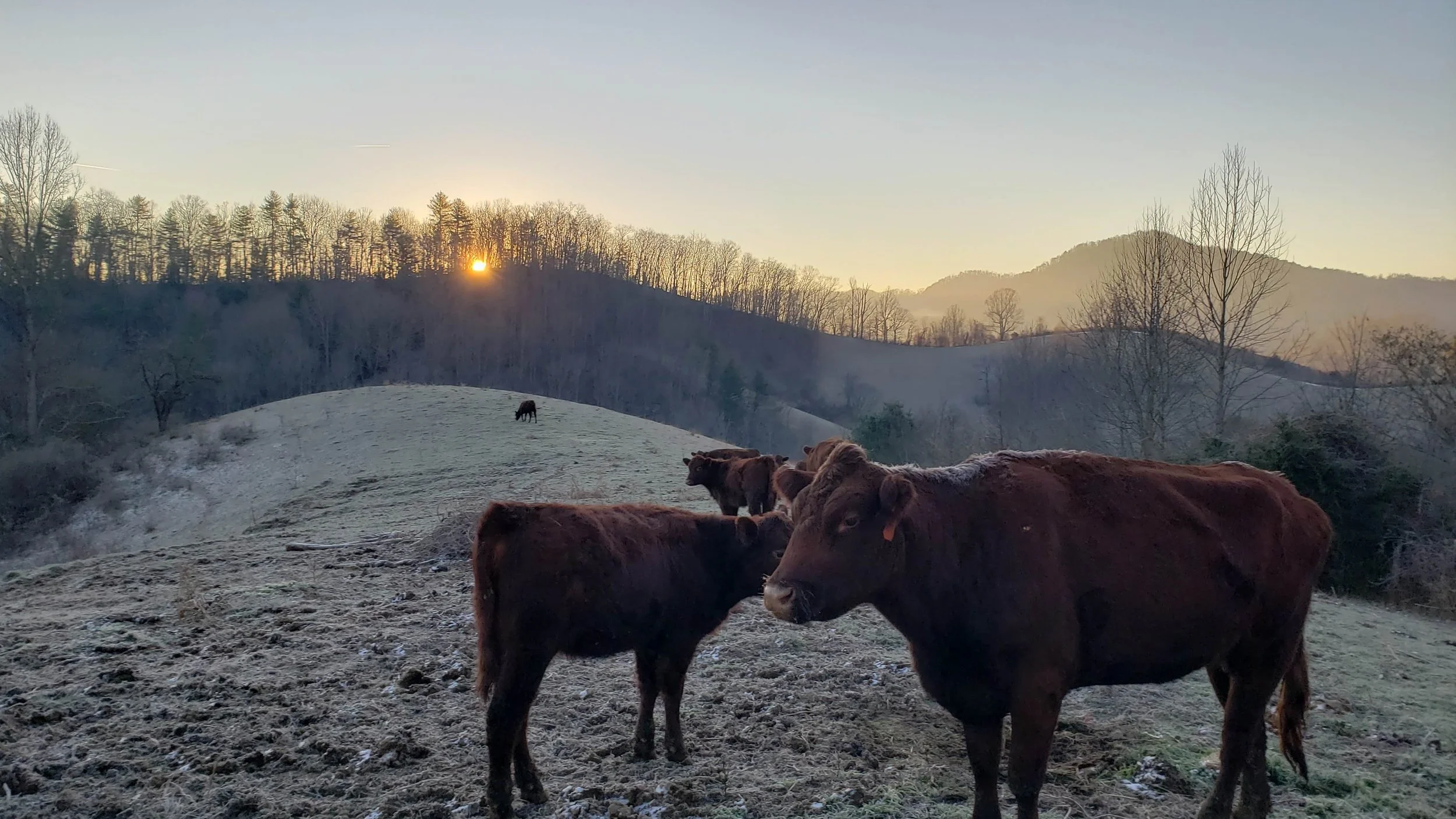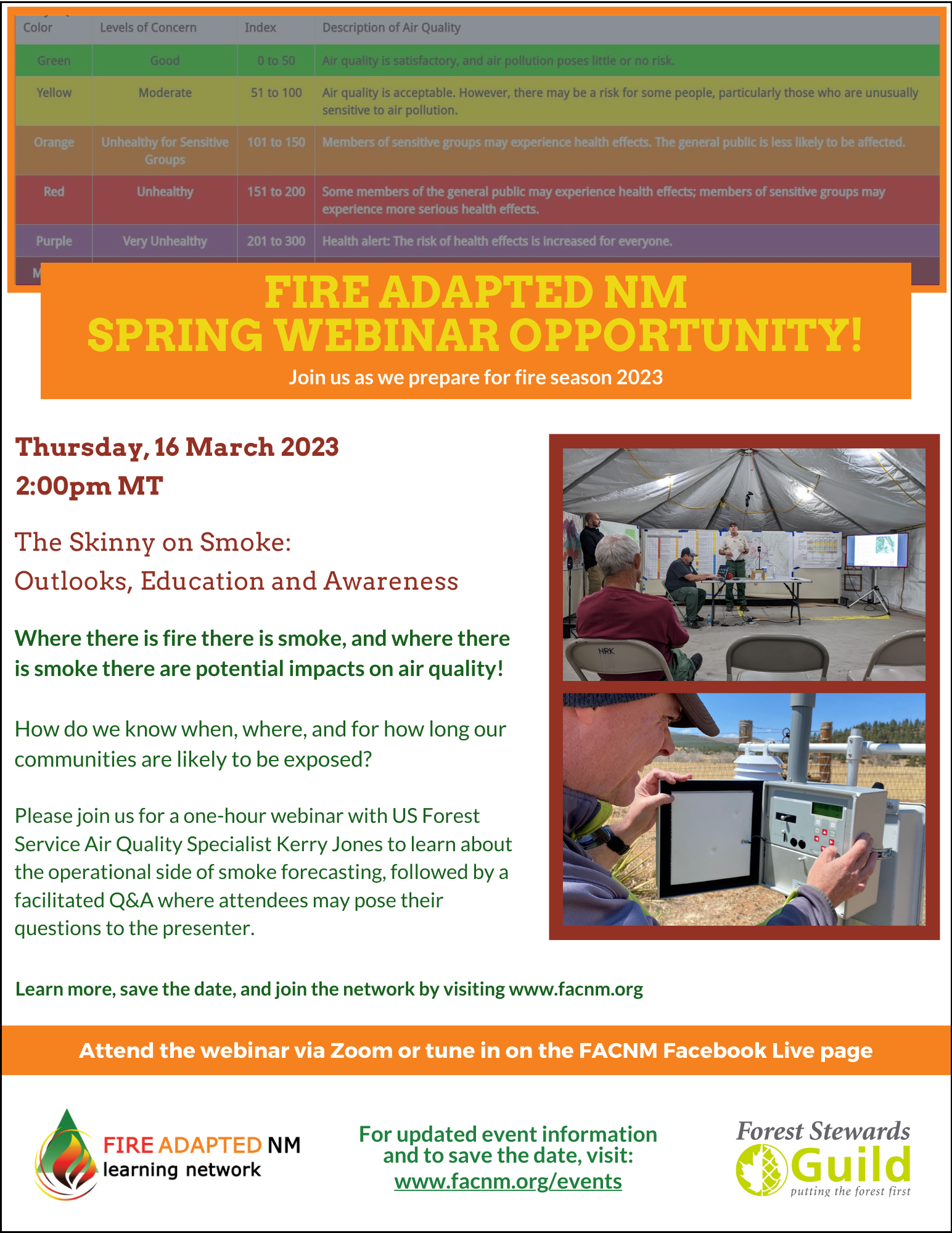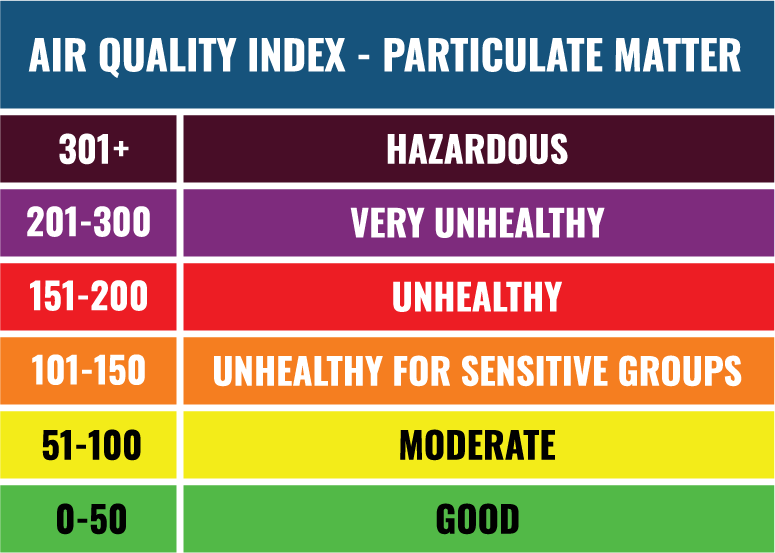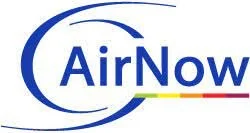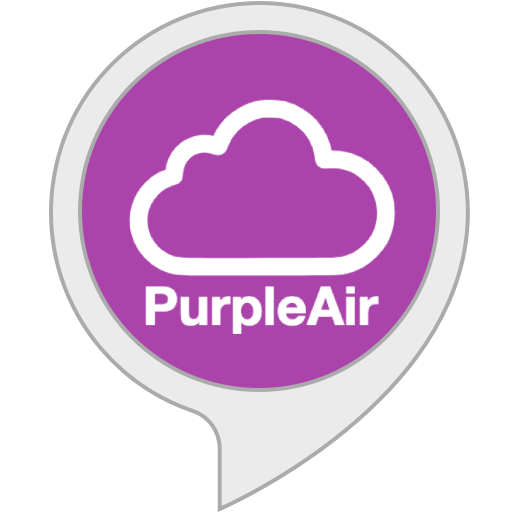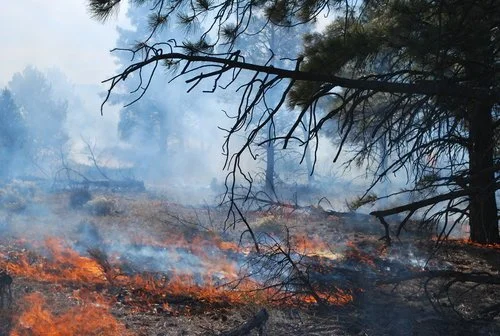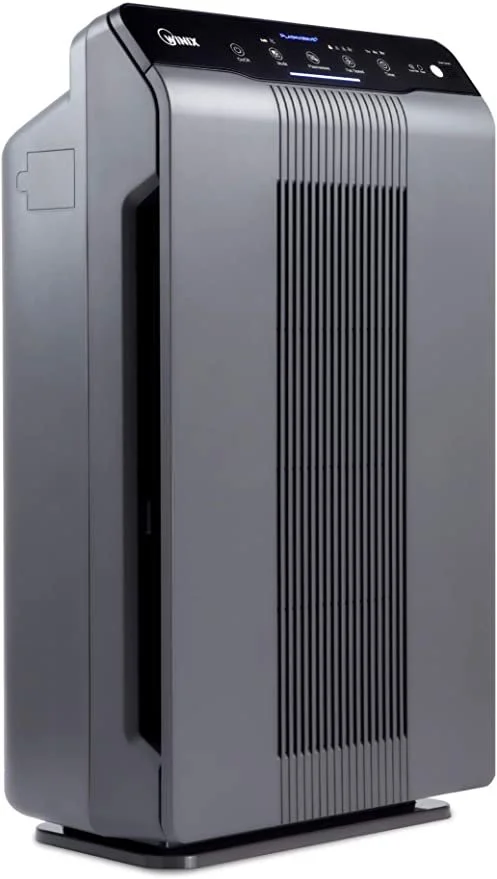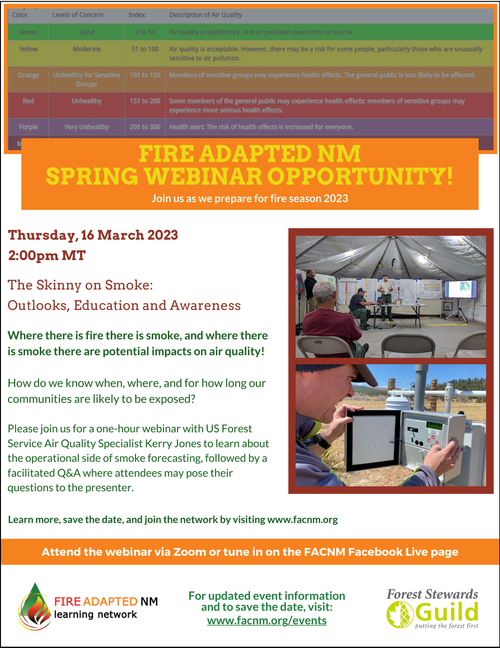April 6, 2023 marked the one year anniversary of the wildfire declaration for what would become New Mexico’s largest in recorded history: the Hermit’s Peak-Calf Canyon Complex. Many communities were, and are still, devastated by the immediate and post-fire effects, flooding, and massive impact to their way of life. Learn more about the fire, what is being done to recover, and reflections from a state representative one year later..
Happy Wednesday, Fireshed readers!
The strong spring winds and warming temperatures that have blown into New Mexico over the past few weeks let us know that wildfire season is just around the corner. In preparation, we will be presenting new information, as well as revisiting some Wildfire Wednesdays of the past, to discuss how to get ready and stay informed for ignitions, smoke, and flames in 2023.
Today’s Wildfire Wednesday features:
Preparing your home for wildfire
Safeguarding important records
Upcoming webinars and learning opportunities
Be well and enjoy the blooms,
Rachel
Preparing Your Home for Wildfire
Reducing Structural Ignitability
The Home Ignition Zone encompasses the concepts of home hardening and defensible space. Home hardening involves consideration for the materials used to build a structure, while defensible space involves clearing an area between a structure and the vegetation around it. By working on these two components, risk of home and structure loss to wildfire can be meaningful reduced.
Defensible space
Defensible space is the buffer you create between a building (such as your home) and the flammable grass, trees, shrubs, or any wildland area that surrounds it. This space is needed to slow or stop the spread of wildfire and it helps protect your home from catching fire - either from embers, direct flame contact, or radiant heat. Proper defensible space also provides firefighters a safe area to work in and potentially to defend your home.
Simple defensible space tasks to get you started on protecting your home include:
clearing the 0-5’ home ignition zone immediately around the structure of all flammable materials including plants, mulch, grass, leaves, and debris,
removing flammable materials from under your deck, and
trimming trees.
Read more about home hardening and creation and maintenance of defensible space for homeowners, renters, and other residents on the FACNM Wildfire Resident Resources page, through NM Forestry Division, and in Wednesday blogs #101 and #91.
Home hardening
Home hardening addresses the most vulnerable components of your house with building materials and installation techniques that increase resistance to heat, flames, and embers that accompany most wildfires. Laboratory research and evidence from post-fire assessments have demonstrated that local ignitability of the home itself and the nearby landscaping are major factors determining home survivability in a wildfire. In fact, most homes ignite due to the ember storms that accompany a large wildfire, rather than the wildfire itself, and this home hazard assessment can help you evaluate whether your place of residence would benefit from home hardening.
Simple home hardening measures to get started include:
installation of fine mesh screens over existing home vents,
moving outbuilding further away from your home, and
ensuring that the bottom 6 inches of your home’s siding is covered with a fire resistant material.
Review the guidelines for home hardening and learn more about why homes burn, and what you can do to retrofit yours to be more resilient against wildfire, in this 2017 FAC Net article.
Meaningful projects you can complete in as little as 10 minutes
Even small actions can have a big impact on fire outcomes for your home, family and community. Whether you have 10 minutes or 10 hours to dedicate to wildfire preparedness, use that time increase your safety, strengthen community resilience and improve fire outcomes. Not sure where to start? Review the list of quick fire preparedness project ideas from the national Fire Adapted Communities learning network.
Safeguarding Important Records
Record keeping for fire safety
Evacuating your home during a wildfire is chaotic, stressful, and harried - and in the rush to get to safety it can be easy to forget to pack your important documents and records that serve as proof of your own identity as well as the legality of your belongings. Below are 10 items that you should be sure to keep safe, if applicable, and how to store them ahead of time.
Insurance Info
If you are a homeowner and your home goes through a fire, one of the very first things you’ll have to deal with is insurance. CBS recommends safe storage of “current insurance policies and agent contact information,” adding: “you’ll need this information right away if your house suffers damage in a fire.”Property Deed and Car Title
These prove you own what you own! The deed to your property and title to your care are necessary if you’re selling or refinancing your house or property or transferring the title for estate-planning purposes.Medical Documents
Documentation of your medical insurance - forms and copies of your insurance card - as well as “a list of your (and your family’s) doctors, prescription medications, and contact information for all pharmacies you use,” are important documents to keep safe for continuity of medical care, according to Legalzoom. “You may need these to get new supplies of medications you use on a regular basis.”Birth Certificates
A birth certificate is needed to obtain a passport, get a driver’s license or a marriage license, apply for government and private benefits (such as insurance and retirement benefits), enroll in schools or the military, and more. If you’re a parent, you also need your child’s birth certificate as proof of age to sign them up for elementary school or Little League. It’s not too difficult or expensive to get a copy of your birth certificate, so you can keep multiples in secure storage spaces such as safe deposit boxes and with family.Passport
A passport serves as proof of citizenship, will stand in for all ID purposes if your primary identification is stolen or lost, allow you to travel to other countries and back home, and come in handy whenever something requires two or more forms of photo ID.Social Security Card
Your social security card is needed to apply for a job or a driver’s license, register for college classes, possibly to apply for insurance or Medicaid, but your SSN (social security number) is needed in far more everyday situations.Wills
Most lawyers weighing in from the American Bar Association recommend keeping original wills in a law office’s safe or personal safety deposit box. Copies of the will may be kept in fireproof safes of the client as well as the executor, meaning that you should ensure that your will is kept safe in three different locations.Financial Documents
According to Legalzoom, you’ll want such things as “important papers related to investment accounts, retirement plans, bank accounts, and associated contact information” protected, whether or not your home is ever destroyed.Other Legal Documents
CBS lists other types of documents that you’ll want to keep well-protected: “powers of attorney, living wills, and health care proxies - both for yourself and for anyone else for whom you are designated attorney-in-fact or health care surrogate.”Photos
In addition to having your most treasured photos in your home evacuation kit, Legalzoom recommends keeping “CDs or an external hard drive containing digital copies of all family photos” - or other treasured photos - in your safe. Cloud storage, or off-site (online) storage that's maintained by a third party and an alternative to storing data on-premises, is a good alternative to keeping photos in a safe and is usually free to users (with some amount limits).
Document storage
From FAC Net’s Ideas for Wildfire Preparedness Day, one major preparatory action should be protecting your assets. These include:
Backing up your important documents and photos to cloud storage to reduce the amount of physical material you would want to take if you need to evacuate.
Conducting an insurance check up to ensure your coverage is up to date and sufficient.
Creating a video walk through of your home or an inventory list of belongings and upload it to cloud storage (e.g. Google Drive) instead just on your computer’s hard drive.
Securing renter’s insurance if you do not already have coverage and need it.
Several of the points on this list point to the need to backup important files to cloud storage. Anything that you can’t afford to lose should be digitized and stored in a disaster-resistant location. We already talked about what cloud storage is in the section above, so now we’ll dive into how to find the right fit.
Price and security: many cloud storage options are free to users, with some amount limits. This article reviews some of the most secure cloud storage options and their costs. The amount of security needed will also vary depending on what type of digitized materials you are uploading to the cloud - family photos are important but not sensitive, while copies of social security cards, property deeds, and financial documents should have encryption and security at front of mind. Consider talking to your financial institution, legal executor, and other professionals in your life about storage options that they recommend.
Upcoming Webinars
Southwest Fire science
13 April at 12pm MDT: How wildfire policies governing management of natural ignitions have evolved over the past century - Zoom webinar with NAU’s Scott Franz.
Review of the history, policies, and challenges behind “managed wildfire”, the fire management strategy of leveraging natural ignitions for resource objectives and community benefit.
11 May at 12pm MDT: Public Experiences with Wildfire and Flooding: A Case Study of the 2019 Museum Fire - Zoom webinar with a panel of researchers with NAU.
2 June at 12pm MDT: The Year Past and the Year to Come: 2022 Southwest Fire Season Overview and 2023 Fire Season Outlook - Zoom webinar with staff from the National Weather Service and Forest Stewards Guild.
Keep an eye on the Southwest Fire Science Consortium event page for more information and registration.
Local news
21 April at 12pm MDT: Use of prescribed fire on the Santa Fe National Forest - Facebook Live with Santa Fe National Forest staff and the Forest Stewards Guild.
A USFS panel will lead a discussion on 1) practices and procedural changes resulting from the 2022 national 90-day pause on prescribed burning, and 2) implementation of the seven tactical changes from an operational basis. The conversation will be moderated by FACNM.


